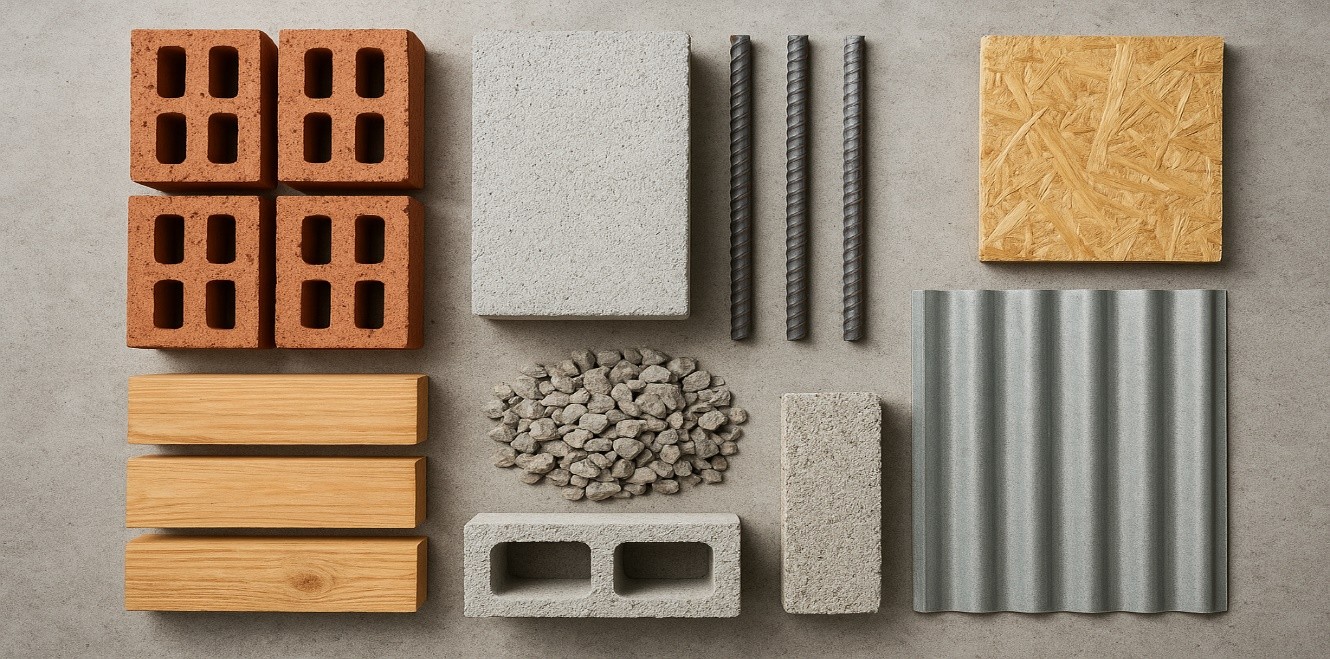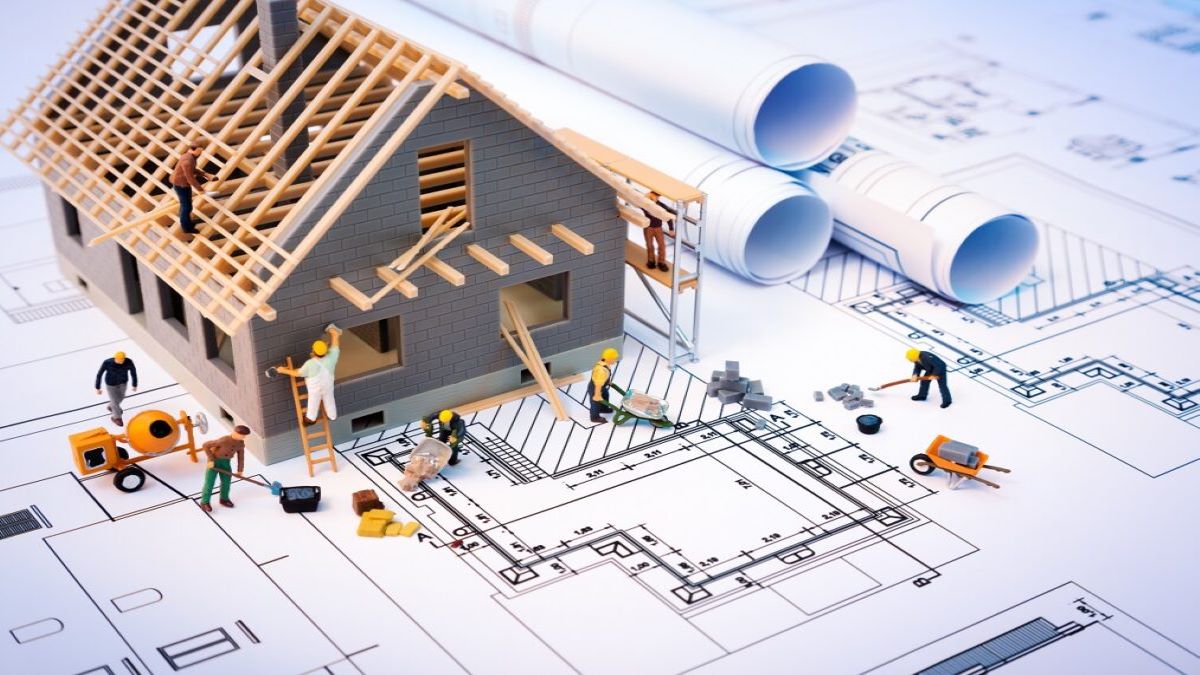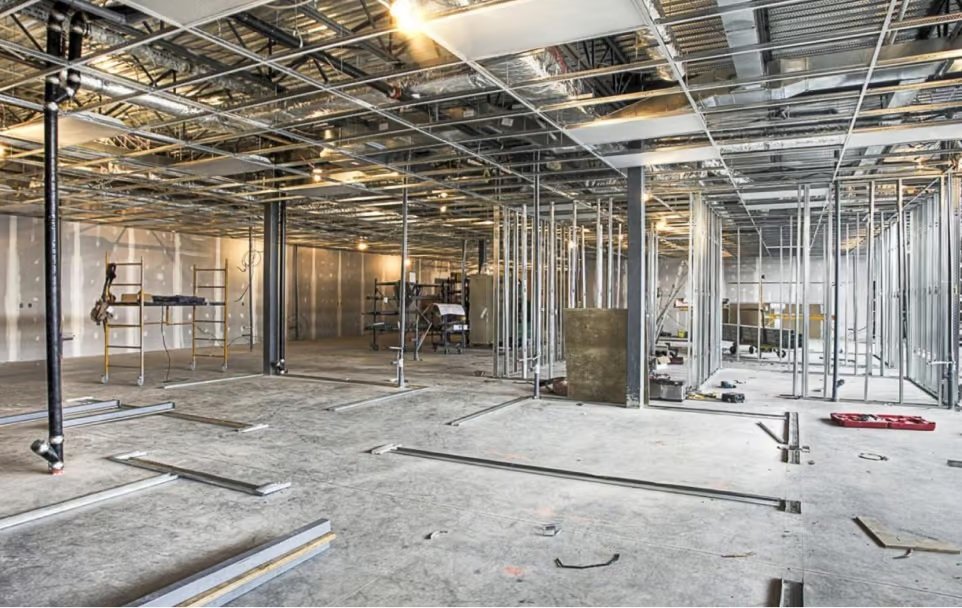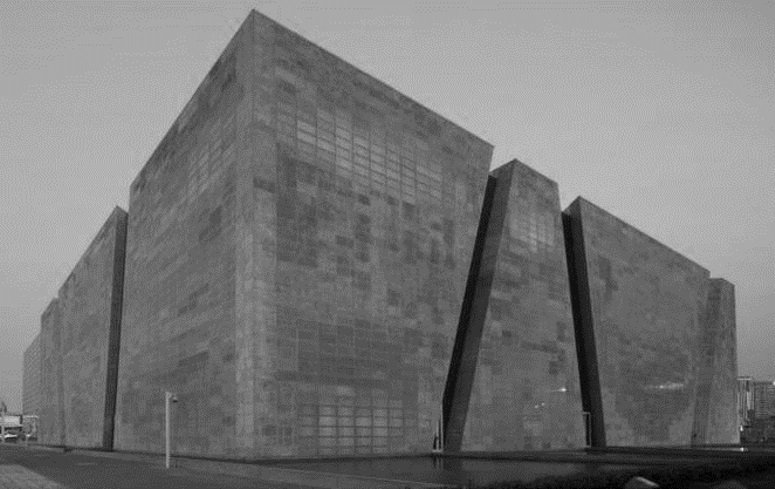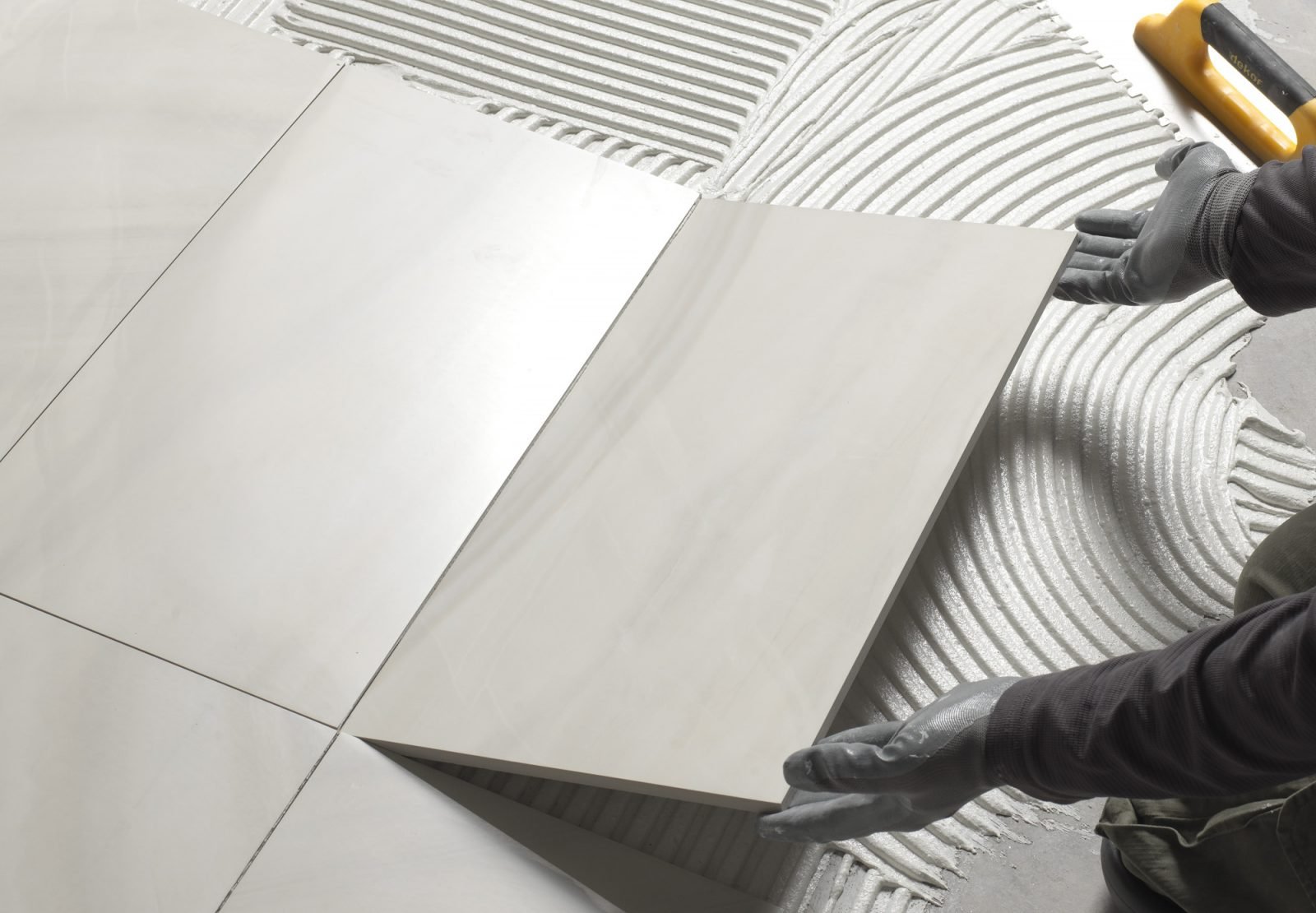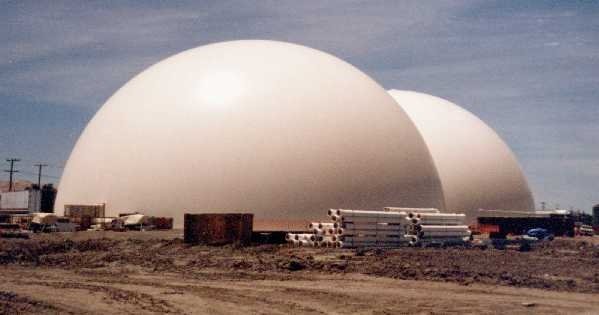Construction projects are among the most complex undertakings in the modern world. From towering skyscrapers to deep underground tunnels, every structure we rely on is only as safe as the ground it is built upon. Beneath our feet lies a dynamic world of geological formations, hidden voids, fault lines, and unpredictable soil conditions. Failing to properly understand these subsurface characteristics can lead to catastrophic consequences—from collapsed buildings and failed foundations to massive financial losses and threats to human life.
That’s why advanced seismic imaging has emerged as a critical tool in the construction industry. By using cutting-edge technologies to “see” beneath the ground before work begins, engineers can anticipate risks, design stronger structures, and safeguard workers and communities alike. In this comprehensive article, we’ll explore how seismic imaging works, why it matters for construction site safety, its evolution over the years, and how companies such as eifgeosolutions are pioneering new approaches that combine innovation with reliability.
1.The Importance of Subsurface Knowledge in Construction
Every construction project begins with the land. What lies beneath that land—rock layers, soil types, moisture content, and geological hazards—determines whether a building will stand the test of time or crumble under stress.
Key Risks of Poor Subsurface Understanding:
- Foundation Failure: Weak soil or hidden cavities can compromise building integrity.
- Landslides or Sinkholes: Geological instabilities may trigger sudden collapses.
- Earthquake Vulnerability: Construction on fault lines without mitigation measures amplifies seismic risks.
- Flooding and Water Table Issues: Unanticipated underground water can damage foundations and increase maintenance costs.
Traditional site assessments often relied on drilling boreholes or simple soil testing. While valuable, these methods only provide fragmented insights into subsurface conditions. They’re like trying to understand a painting by looking through a keyhole—you may see one part clearly, but the whole picture remains hidden.
This is where advanced seismic imaging has transformed construction safety, offering a comprehensive, non-invasive, and highly detailed view of the underground world.
2. What Is Seismic Imaging?
Seismic imaging is a geophysical technique that uses controlled energy waves (seismic waves) to map and visualize the subsurface. Similar to how doctors use ultrasound to see inside the human body, seismic imaging reveals underground structures by analyzing how sound waves travel through different materials.
How It Works:
- Energy Generation: Vibrations are generated using specialized equipment such as vibroseis trucks or small explosive charges.
- Wave Propagation: These waves travel through the ground and reflect off layers of rock, soil, and voids.
- Detection: Sensitive geophones or seismometers record the returning signals.
- Data Processing: Advanced software interprets the signals, creating detailed 2D or 3D maps of the subsurface.
The result is a clear and actionable picture of what lies beneath, enabling construction teams to make informed decisions before and during a project.
3. Evolution of Seismic Imaging in Construction
Seismic imaging was once primarily associated with oil and gas exploration. Over time, however, its benefits for civil engineering and construction became undeniable.
* **Early Days:** Crude tools provided limited resolution, offering basic geological data.
* **1990s Advancements:** Digital computing allowed for more sophisticated data processing, making seismic surveys more practical for construction.
* **21st Century Breakthroughs:** High-resolution 3D seismic imaging, machine learning, and real-time monitoring have transformed site analysis.
* **Today:** Seismic imaging is no longer optional—it is increasingly becoming a standard part of site safety protocols, particularly for large-scale projects.
4. Applications of Seismic Imaging in Construction Safety
Identifying Fault Lines and Seismic Hazards
One of the most critical roles of seismic imaging is locating fault lines and zones of weakness in the earth’s crust. Building unknowingly over these faults can be disastrous in earthquake-prone areas.
Mapping Soil Stability
Different soils react differently under pressure. For example, clay may expand with moisture, while sandy soils may shift under heavy loads. Seismic surveys identify these variations and guide engineers in designing appropriate foundations.
Detecting Underground Voids and Sinkhole Risks
Karst terrains, formed by dissolving limestone, are particularly prone to hidden voids. Seismic imaging reveals these cavities, preventing surprise collapses that could endanger workers and machinery.
Assessing Groundwater Levels
High water tables can weaken foundations and increase construction costs. Seismic data provides insights into aquifer depths and movement, enabling proactive planning.
### 4.5 Evaluating Rock Quality for Tunneling and Excavation
For projects like subways, dams, and tunnels, understanding rock integrity is vital. Seismic imaging assesses rock hardness and fracture density, reducing the risk of accidents during excavation.
5. Benefits of Advanced Seismic Imaging
Advanced seismic imaging offers multiple advantages that directly improve safety and efficiency at construction sites.
- Comprehensive Data: Provides a full picture of the subsurface, reducing guesswork.
- Non-Invasive: Unlike drilling, it minimizes site disruption.
- Cost Savings: Identifying hazards early prevents expensive mid-project changes.
- Worker Safety: Prevents accidents by eliminating unknown risks.
- Regulatory Compliance: Meets safety standards and environmental guidelines.
- Sustainable Planning: Reduces environmental impact by minimizing unnecessary excavation.
6. Case Studies: Seismic Imaging in Action
Case 1: Urban High-Rise Development
In a metropolitan area, seismic imaging revealed a hidden fault line beneath a proposed skyscraper site. With this knowledge, engineers adjusted the design to reinforce the foundation, preventing potential collapse during seismic activity.
Case 2: Highway Construction Across Karst Terrain
During a major highway project, seismic surveys detected underground cavities. Engineers filled these voids with grout before construction, avoiding sinkholes that could have caused accidents and millions in damages.
Case 3: Tunnel Excavation for a Metro System
A city’s underground metro project used seismic imaging to evaluate rock strength. The data helped select safer drilling methods and minimized the risk of tunnel collapses.
7. How Technology Is Shaping the Future of Seismic Imaging
Seismic imaging continues to evolve thanks to technological innovation.
- Machine Learning Algorithms: AI tools now process seismic data faster, identifying patterns beyond human capability.
- 4D Imaging: Adds the dimension of time, allowing continuous monitoring of subsurface changes during construction.
- Portable Seismic Devices: Smaller, wireless sensors make it easier to conduct surveys in challenging environments.
- Integration with BIM (Building Information Modeling): Seismic data can now be layered into BIM systems, giving engineers a complete digital twin of the construction site.
8. The Role of eifgeosolutions in Driving Safer Construction
Among the companies leading innovation in this field, **eifgeosolutions** has become a trusted partner for construction and engineering firms worldwide. By integrating advanced seismic imaging with geotechnical expertise, they provide comprehensive insights that not only enhance safety but also optimize project efficiency.
Their approach emphasizes:
- High-resolution 3D seismic surveys for precision.
- Customized solutions tailored to project needs.
- Real-time data analysis for on-site decision-making.
- Commitment to sustainability and reduced environmental footprint.
With companies like eifgeosolutions at the forefront, construction professionals can rely on dependable, science-driven solutions to minimize risk and protect workers.
9. Challenges in Implementing Seismic Imaging
Despite its many advantages, seismic imaging faces certain challenges:
- Cost Concerns: Smaller projects may hesitate due to budget limitations.
- Data Interpretation: Requires skilled professionals to analyze complex data.
- Environmental Restrictions: Some areas may limit seismic surveys due to noise or ecological impact.
- Equipment Limitations: Remote or densely populated areas can complicate survey logistics.
Nonetheless, the long-term benefits far outweigh these hurdles, making seismic imaging a worthwhile investment.
10. Best Practices for Using Seismic Imaging in Construction
- Early Integration: Conduct surveys during the planning stage, not mid-project.
- Collaborative Analysis: Involve geologists, engineers, and safety experts in reviewing seismic data.
- Regular Monitoring: Use seismic imaging throughout the project, not just at the start.
- Training and Education: Ensure construction teams understand the significance of seismic data.
- Partner with Experts: Collaborating with specialized providers like eifgeosolutions ensures accuracy and actionable insights.
Construction safety depends heavily on understanding the ground beneath us. Traditional methods can only go so far, but **advanced seismic imaging** provides the clarity needed to prevent disasters, safeguard workers, and ensure the longevity of structures. By detecting hazards before they pose a threat, seismic imaging empowers engineers to build with confidence.
As technology continues to advance, seismic imaging will become even more integral to construction projects of all scales. Companies like eifgeosolutions are already proving how innovation, precision, and expertise can transform site safety standards. Ultimately, investing in seismic imaging isn’t just about protecting a building—it’s about protecting lives, communities, and the future of construction itself.



